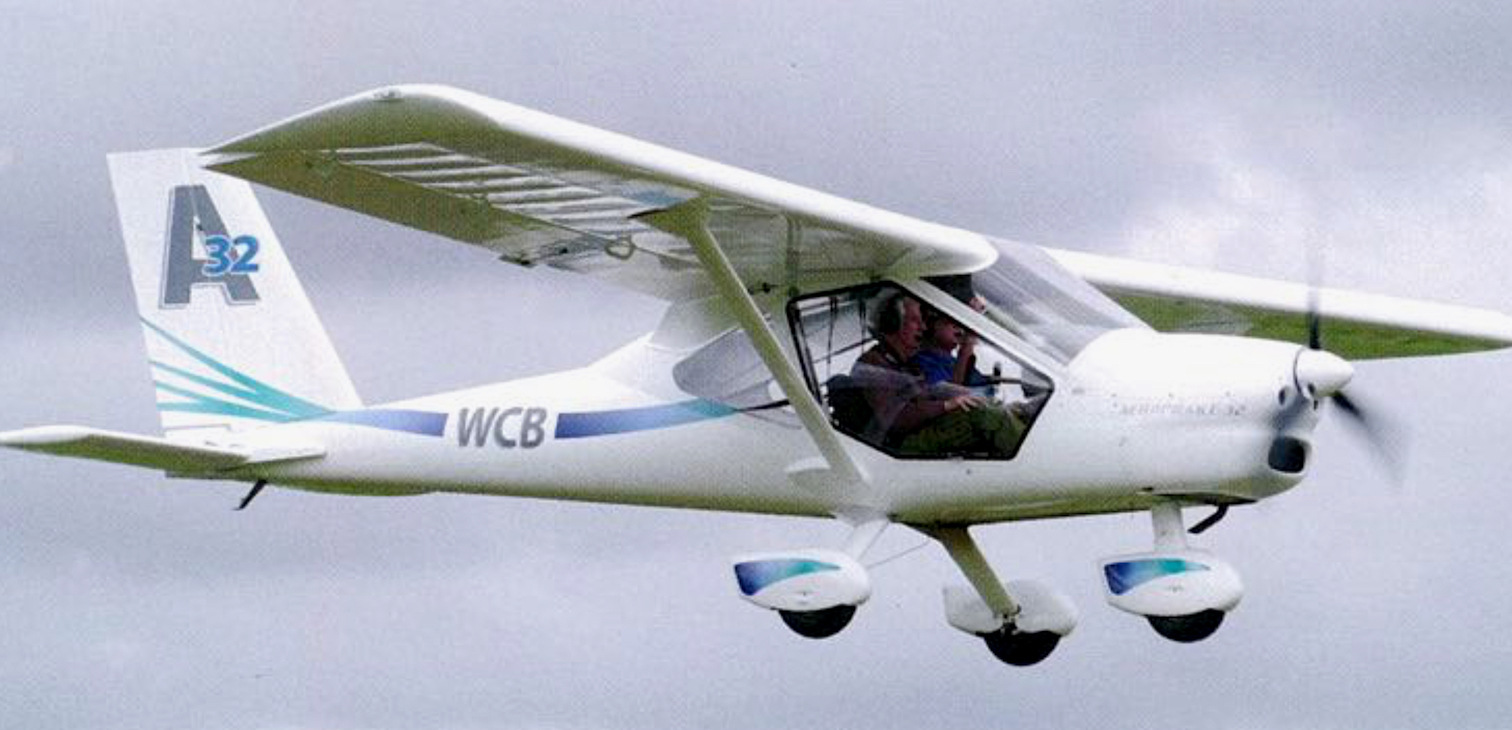 I’m asked a lot about the pro’s and con’s of digital flat screen ‘glass’ cockpits for the Foxbat and Vixxen aircraft. The quality and reliability of LSA/recreational digital instruments has improved immensely over the last 5 years and, although they are not inexpensive, they actually represent reasonable value for money – particularly when compared with their GA-certified counterparts.
I’m asked a lot about the pro’s and con’s of digital flat screen ‘glass’ cockpits for the Foxbat and Vixxen aircraft. The quality and reliability of LSA/recreational digital instruments has improved immensely over the last 5 years and, although they are not inexpensive, they actually represent reasonable value for money – particularly when compared with their GA-certified counterparts.
Personally, I am a great one for old ‘steam’ gauges – easy to see in all lights, relatively simple and usually reliable. Although I must agree that reliability of the current crop of ‘glass’ cockpits is not an issue. And digital screens do have some big benefits – visual and audible warnings if/when any set parameter is exceeded; an almost infinite number of ways to customise the look of the information; a high degree of modularity – meaning you can add bits like a fuel computer or an autopilot at a relatively reasonable cost at a later time; and, last but not least, most digital panels have a datalogger which enables you to review flight and engine information from previous flights. This can be particularly useful – as we have found – when analysing ‘incidents’ and ‘accidents’ which the aircraft may have experienced.
However, a particular question has been raised a couple of times recently, by pilots/buyers with quite different aviation backgrounds – one, a very experienced airline pilot, the other a novice student pilot. The question was: ‘Do digital screens tend to focus the pilot inside the aircraft?’ And, I suppose by implication, that if they do, this is a bad thing, where sport and recreational flying is so much about what’s going on outside the aeroplane – ‘see and be seen’ and all that.
The point made by the airline pilot was that what’s going on outside a commercial jetliner is almost (but not always!) irrelevant. The screens provide all the data you could possibly need to negotiate the aircraft from wheels up on departure from airport A to wheels down at airport B. If such a pilot decides to buy an LSA with a digital panel they will, so it goes, be more likely to be looking at the screen a much higher proportion of the time than looking outside.
The point being made by the ab initio pilot was that while you’re learning, you can become transfixed by the figures on the screen. Let’s take digital speed readouts – eg a pilot manual approach speed of 57 knots is something you have to concentrate on much more than a wavering analogue needle, which points somewhere (on average) between 55 and 60 knots. So you try to stick to the magic digital 57 knots to the exclusion of some outward attention.
It’s all a far cry from the days when a slip ball was the most prominent instrument in the aircraft, and the only compulsory gauges were a compass, an airspeed indicator and an altimeter. With maybe engine rpm and oil pressure if you were lucky!
So having heard these points of view from pilots from very different perspectives – what’s your view? Do digital screens tend to focus the pilot inside the aircraft, to the detriment of good external observation?
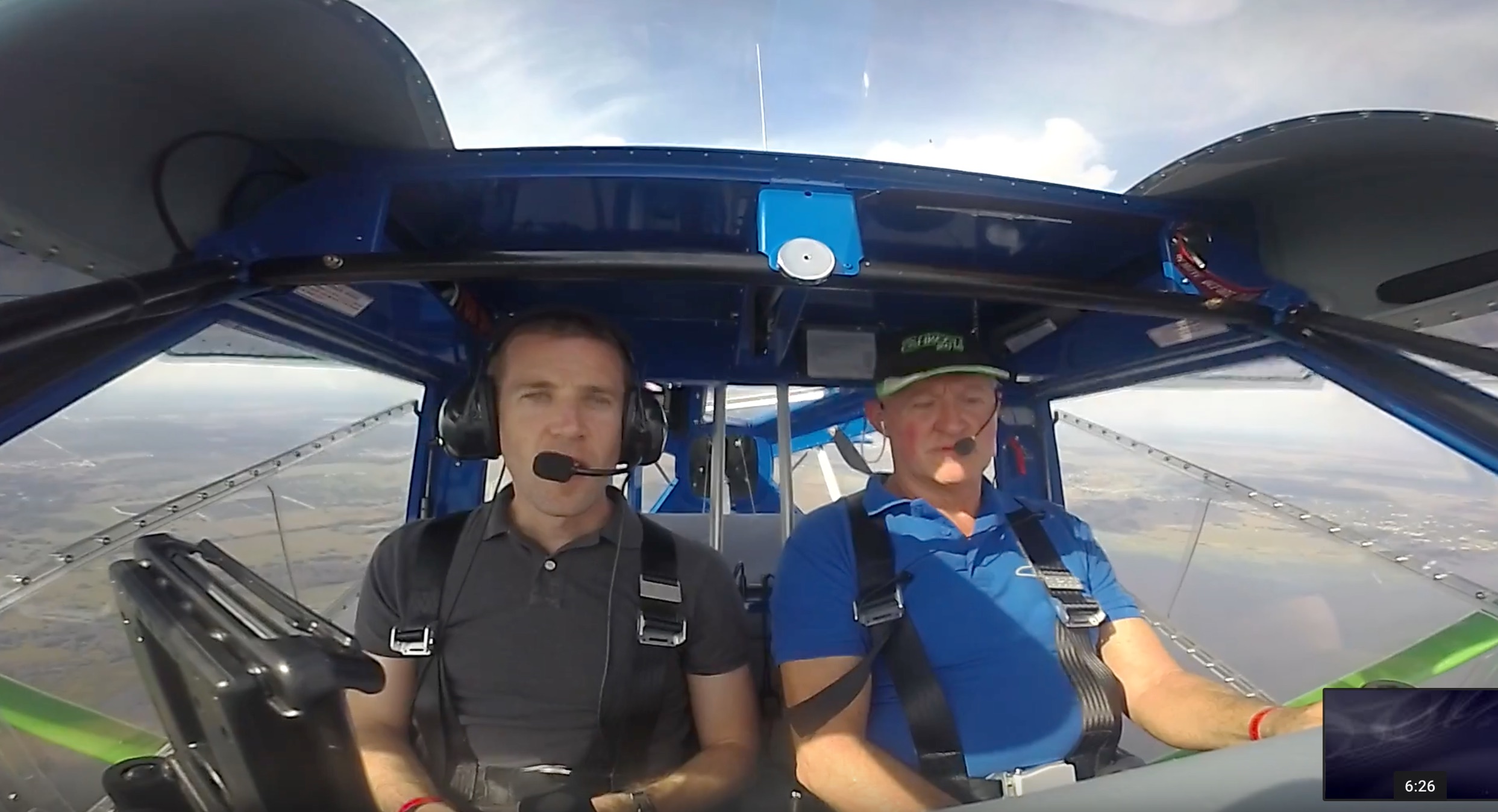 Our very own Dennis Long of Aeroprakt USA takes AVweb’s Geoff Rapoport for a flight in the A22LS at Sebring, Florida during the recent Sport Aircraft Expo.
Our very own Dennis Long of Aeroprakt USA takes AVweb’s Geoff Rapoport for a flight in the A22LS at Sebring, Florida during the recent Sport Aircraft Expo.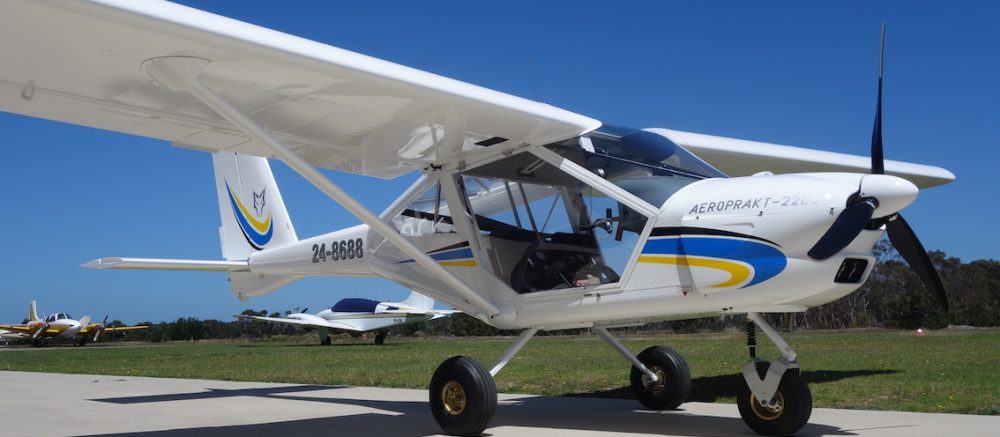

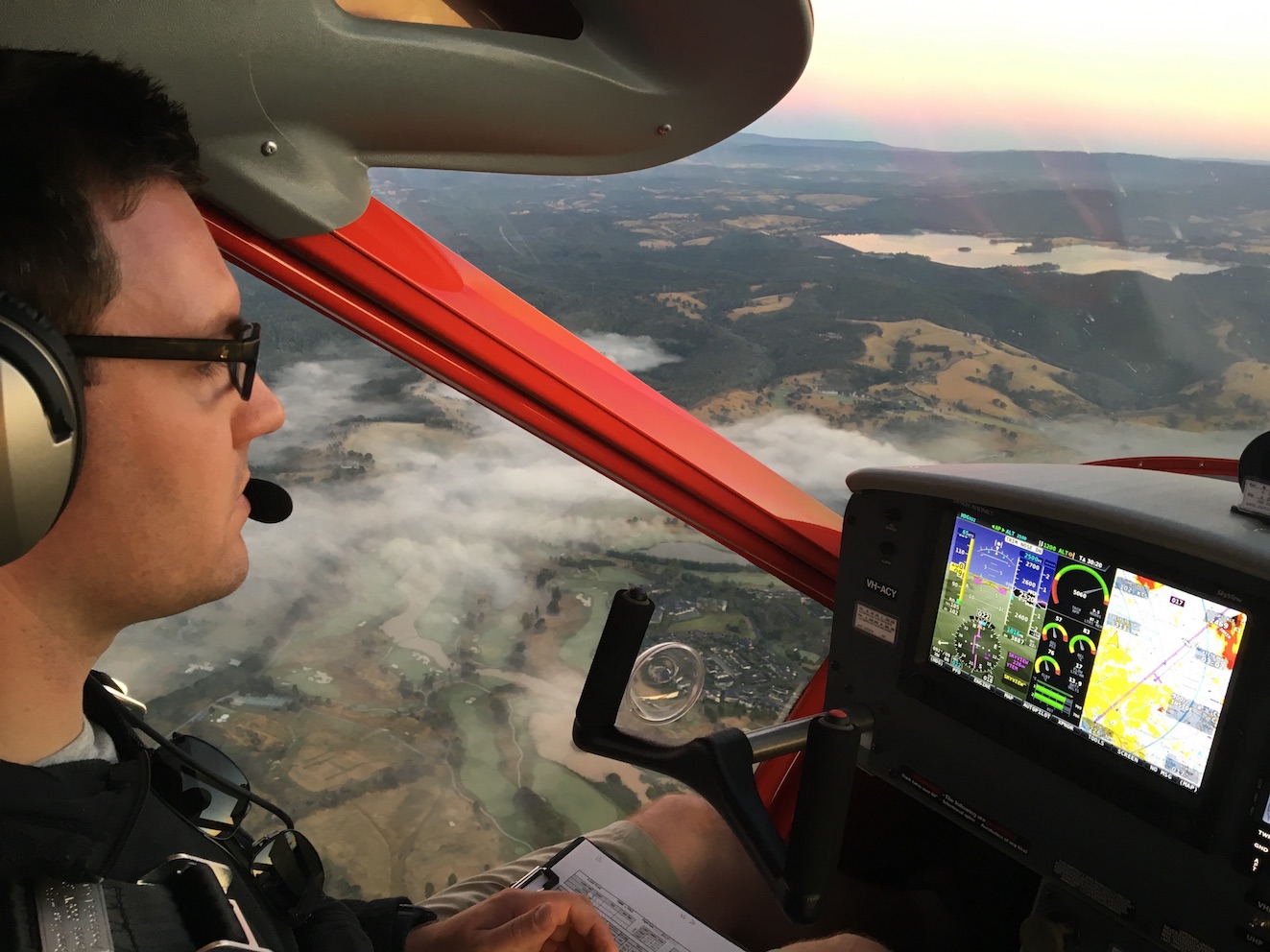
 I’m asked a lot about the pro’s and con’s of digital flat screen ‘glass’ cockpits for the Foxbat and Vixxen aircraft. The quality and reliability of LSA/recreational digital instruments has improved immensely over the last 5 years and, although they are not inexpensive, they actually represent reasonable value for money – particularly when compared with their GA-certified counterparts.
I’m asked a lot about the pro’s and con’s of digital flat screen ‘glass’ cockpits for the Foxbat and Vixxen aircraft. The quality and reliability of LSA/recreational digital instruments has improved immensely over the last 5 years and, although they are not inexpensive, they actually represent reasonable value for money – particularly when compared with their GA-certified counterparts.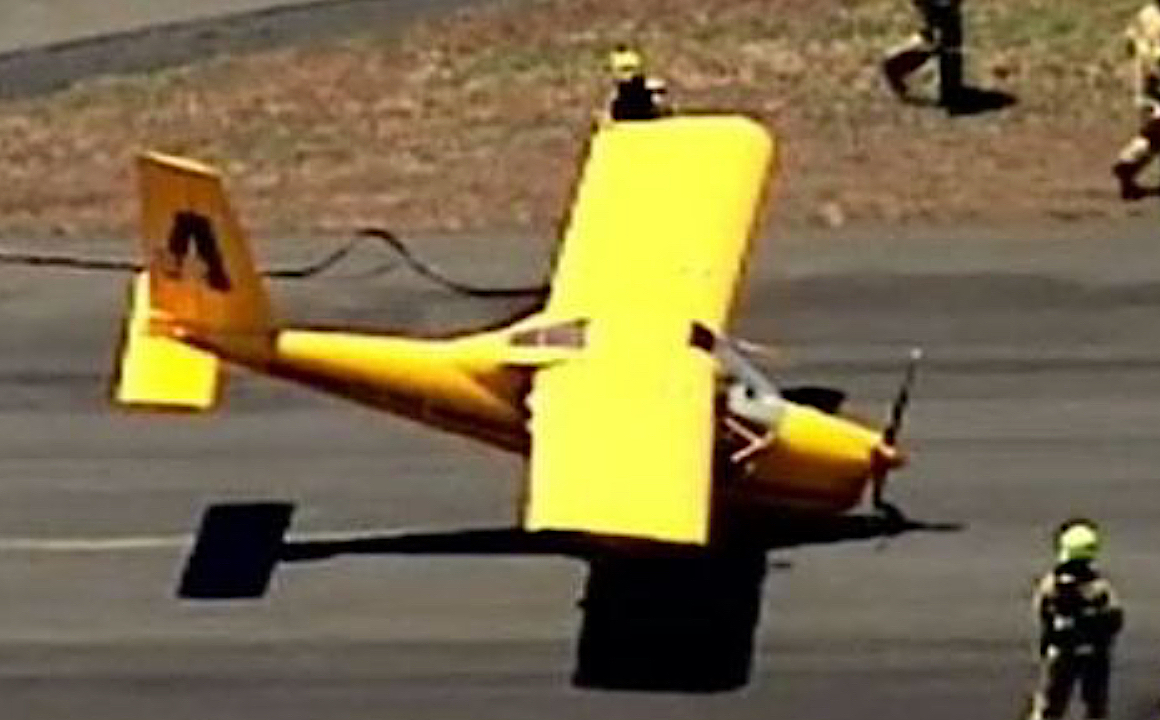 On Sunday 8th January 2017, an Aeroprakt A32 Vixxen – registered VH-VBQ – was involved in a much-publicised landing incident at Moorabbin Airport. The final landing was recorded on video by a
On Sunday 8th January 2017, an Aeroprakt A32 Vixxen – registered VH-VBQ – was involved in a much-publicised landing incident at Moorabbin Airport. The final landing was recorded on video by a 